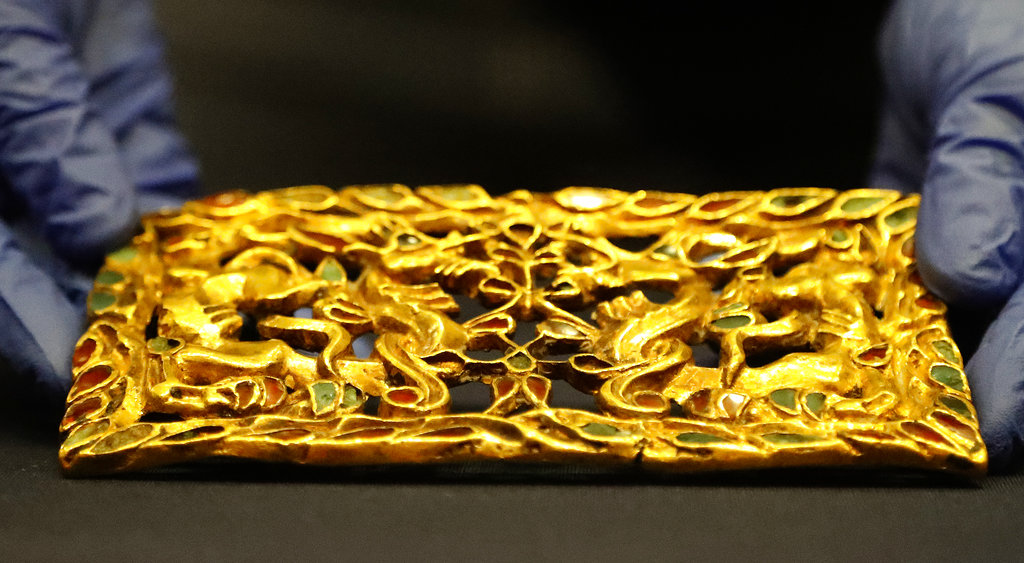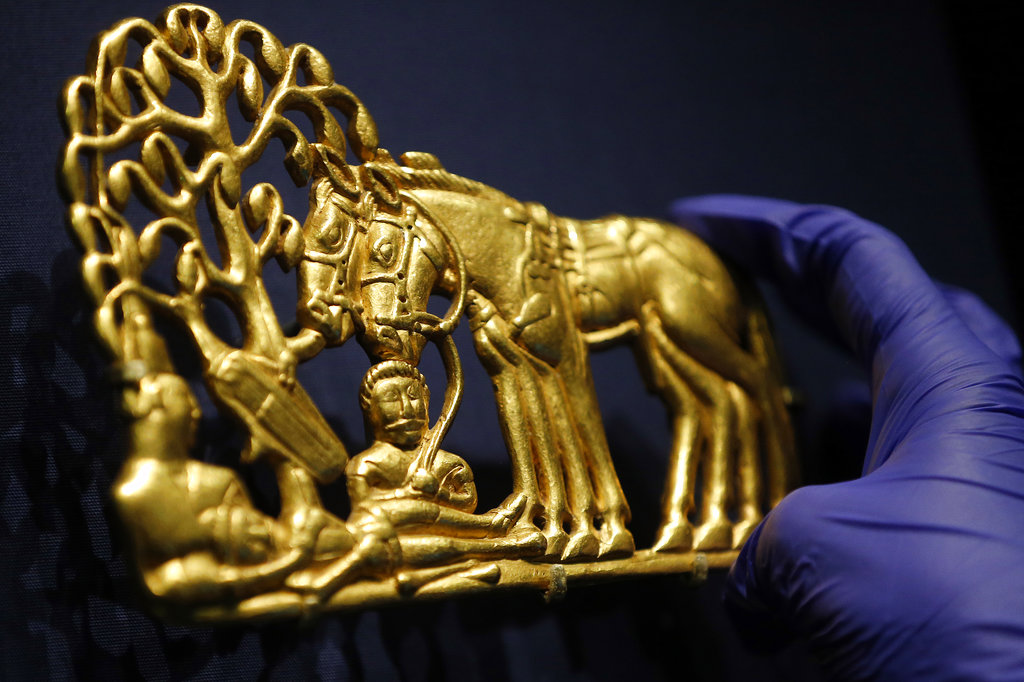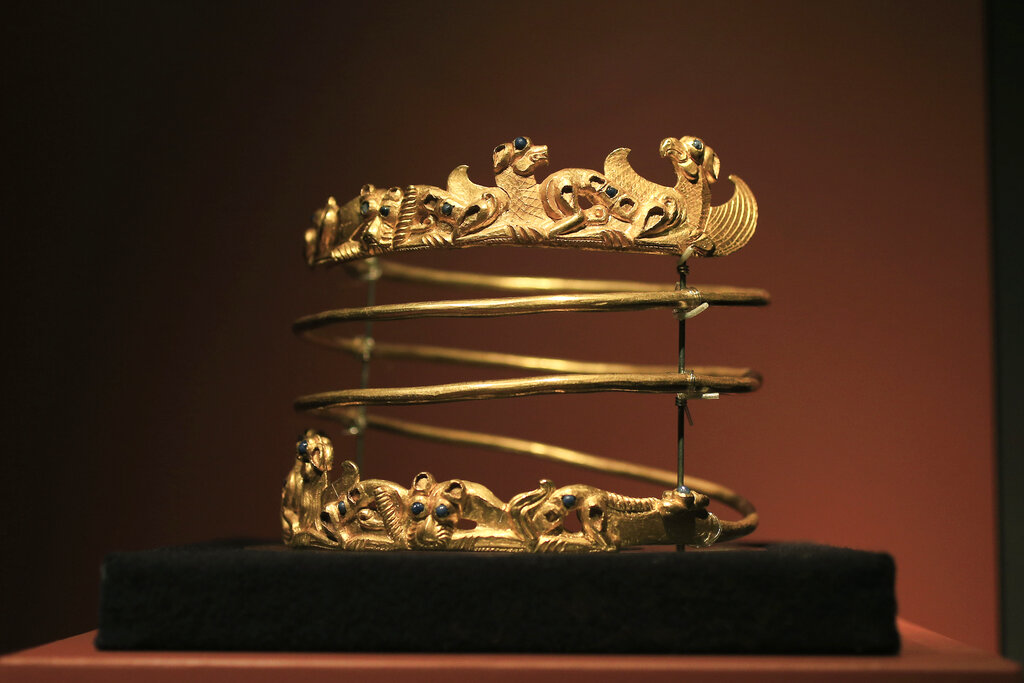The accusations of Melitopolis officials that the Russians invaded the Museum and looted invaluable artifacts of the Scythian culture of the 4th century BC have caused a stir. century.
The mayor of Melitopol, Ivan Fedorov, who was abducted by Russian forces in mid-March and later released, spoke of an incalculable loss to Ukrainian culture.
During a telethon he stated that “our orcs snatched the gold of the Scythians”, using Tolkien’s term, which many Ukrainians refer to Russian invaders. “We do not know where they took him,” he said.
The issue also took on a large dimension in the international press. The New York Times According to the director of the Museum of Local History of Melitopolis, Leila Ibrahimova, museum workers had hidden the priceless treasure in boxes in a basement, and that after her abduction and interrogation by Russian soldiers for hours in March, to move to an area controlled by the Kiev forces.
Last week, Ibrahimova was informed by the museum’s caretaker that the Russians had discovered the 2,300-year-old treasure chests with the help of a new director appointed by Moscow, and that Russian soldiers and intelligence officers had overseen his transfer from Russia. in a special, white laboratory uniform on a vehicle. According to the American newspaper, at least 198 gold artifacts, rare weapons, silver coins and medals were stolen from the Melitopolis museum.
Ukrainian officials recently said Russian forces had looted paintings, icons and sculptures from a museum. Mariupol. On April 29, officials announced that more than 250 cultural facilities had been damaged or destroyed since the start of the Russian invasion on February 24.
What the Russians say
Moscow-appointed director of the Melitopoly Museum Yevgeny Horlachev said in an interview with Russian television that the artifacts were “of great cultural value to the entire former USSR” and accused museum staff of spending “a lot of energy” and hide the treasure. He did not, however, reveal where the thefts took place.
Russia and Ukraine are at loggerheads over ownership of other Scythian artifacts housed in the Netherlands since the annexation of Crimea in 2014.
The artifacts from various Crimean museums were on display at an exhibition in Amsterdam when Russia occupied the Black Sea peninsula and both Moscow and Kyiv claimed ownership. In October 2021, a Dutch court ruled in favor of Ukraine, but the valuables remain in the Netherlands.
The director of the Melitopolis museum, Ibrahimova, said the caretaker was abducted at gunpoint from his home on April 29 and has not been informed of his fate since.
The Scythians were a nomadic people who migrated from Iran to southern Russia and Ukraine around 800 BC. and created an empire centered around present-day Crimea.
Unesco confirmed last week that at least 110 sites of cultural significance, including 49 places of worship, ten museums, 22 historic buildings, 11 buildings dedicated to cultural activities, and 13 buildings dedicated to cultural activities, had been destroyed since the start of the war due to Russian tactics. six libraries. Museums damaged or destroyed include the Ivankiv Museum in the Kiev region, the Regional Art Museum in Chernihiv and the Kharkiv State Opera.
Concerned about the fate of cultural artifacts in Ukraine, international institutions such as the Civic Museums in Venice have sent material to Ukrainian museums to protect them. According to Art Newspaper, the Lviv National Gallery, a network of 18 museums, tried to hide its collection of 67,000 works from Russian invaders.
New York Times
Follow Skai.gr on Google News
and be the first to know all the news













